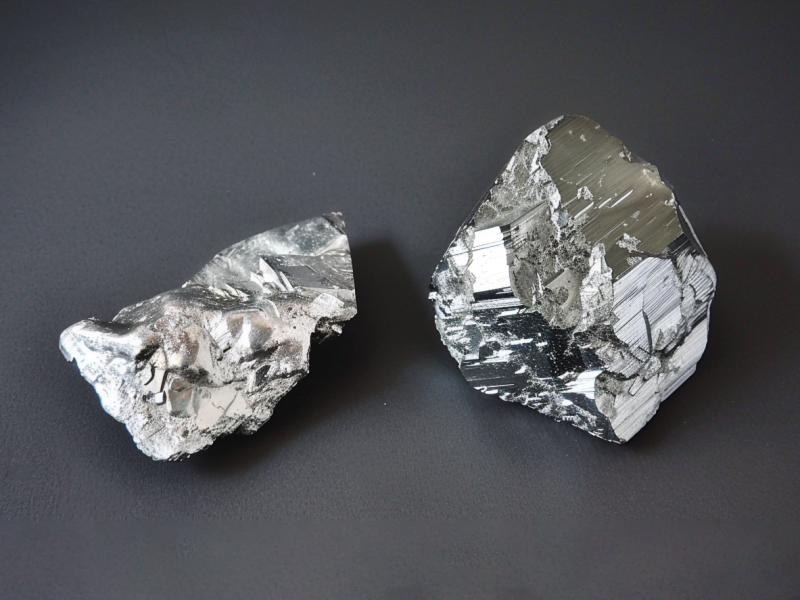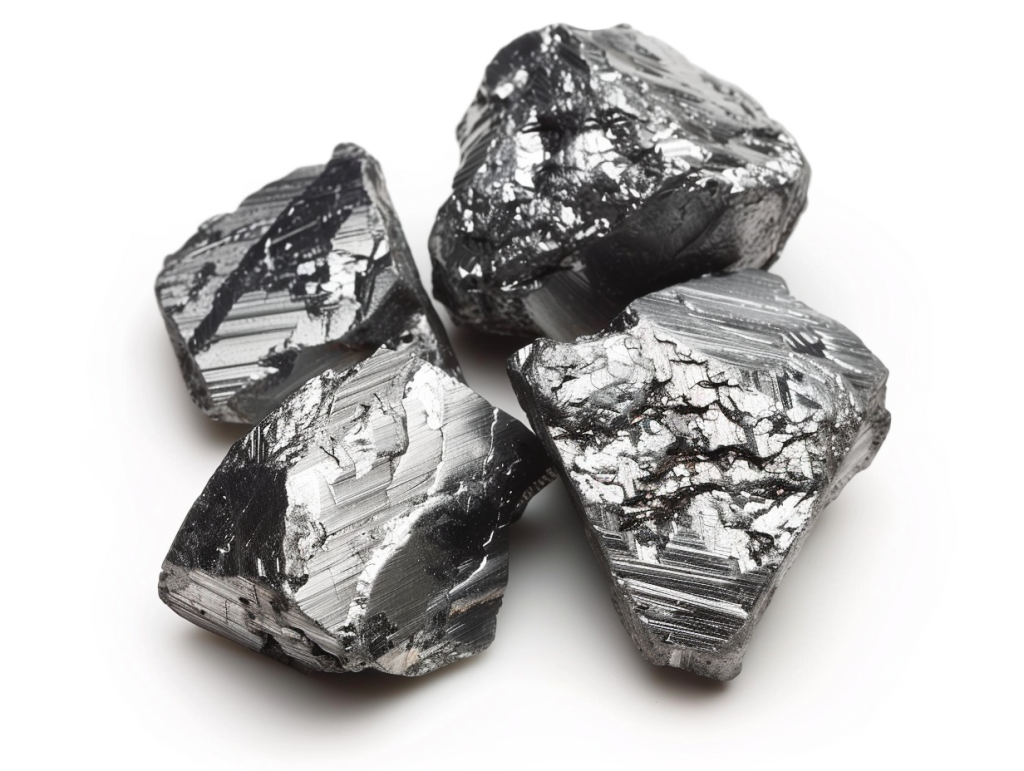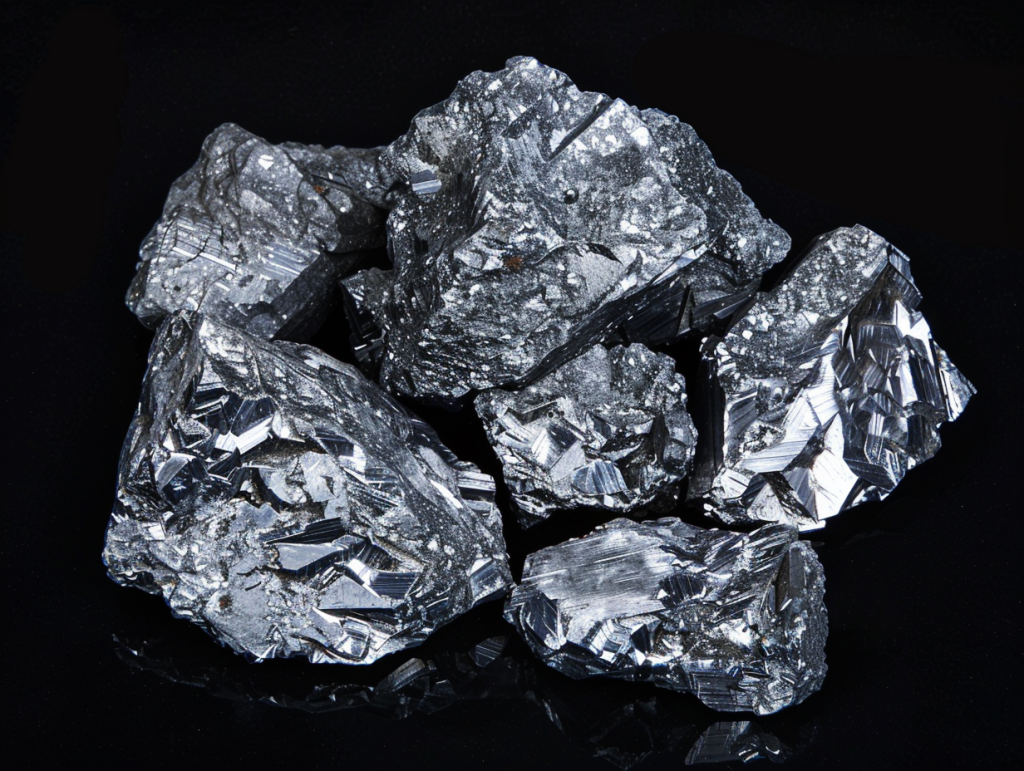
Scandium (Sc) and Hafnium (Hf) are two intriguing elements that, despite their differences in the periodic table, often find themselves compared due to their unique properties and significant roles in modern technology and industry. This article aims to provide a comprehensive comparison of these two metals, highlighting their properties, applications, and the potential impact on everyday life.
Introduction
Scandium, with the symbol Sc and atomic number 21, and Hafnium, with the symbol Hf and atomic number 72, belong to different groups in the periodic table. Scandium is a transition metal known for its light weight and high strength, while Hafnium is a heavier metal notable for its high melting point and excellent neutron absorption capabilities. This comparison will delve into their physical and chemical properties, major applications, and their implications for consumers and industries.
Element Properties
Scandium
Scandium is a light, silvery-white metal that is often categorized as a rare earth element. It has a relatively low density (2.99 g/cm³) and a high melting point (1541°C). Chemically, scandium is relatively reactive, forming a protective oxide layer when exposed to air, which prevents further oxidation. It commonly exists in the +3 oxidation state.

Hafnium
Hafnium is a shiny, silver-gray metal with a high density (13.31 g/cm³) and an exceptionally high melting point (2233°C). It shares many chemical similarities with zirconium, making it difficult to separate the two in nature. Hafnium is resistant to corrosion and exhibits excellent neutron-absorbing properties, which makes it invaluable in nuclear applications. It also predominantly exists in the +4 oxidation state.

Major Applications
Scandium Applications
- Aerospace Industry:
- Example: The incorporation of scandium-aluminum alloys in certain commercial aircraft significantly reduces weight and improves fuel efficiency.
- Impact: Passengers benefit from lower ticket prices and more environmentally friendly travel due to reduced fuel consumption.
- Sports Equipment:
- Example: High-end bicycles use scandium-aluminum alloy frames, offering a lighter and stronger alternative to traditional materials.
- Impact: Cyclists experience enhanced performance and comfort, making rides more enjoyable and efficient.
- Lighting:
- Example: Metal halide lamps with scandium additives provide superior light quality.
- Impact: Homes and offices benefit from brighter, more natural lighting while also being energy efficient.
Hafnium Applications
- Nuclear Industry:
- Example: Hafnium is used in control rods of nuclear reactors to regulate the fission process due to its excellent neutron absorption properties.
- Impact: Communities enjoy stable and cleaner electricity from safer and more efficient nuclear power plants.
- High-Temperature Applications:
- Example: Jet engines and rocket nozzles use hafnium-based high-temperature alloys for better performance under extreme conditions.
- Impact: Airlines benefit from more reliable and efficient engines, leading to improved flight safety and reduced operational costs.
- Electronics:
- Example: Hafnium oxide is used in high-k dielectrics for advanced semiconductor devices, enhancing their performance and reducing power consumption.
- Impact: Consumers get faster, more powerful electronic devices with longer battery life, such as smartphones and computers.
Comparison Analysis
Physical and Chemical Properties
- Density and Melting Point: Hafnium is significantly denser and has a higher melting point than scandium, making it more suitable for high-temperature and high-density applications.
- Reactivity: Scandium is more reactive than hafnium, which forms a stable oxide layer that protects it from further oxidation. This makes hafnium more suitable for applications requiring high corrosion resistance.
Applications
- High-Temperature Uses: Hafnium’s high melting point and neutron absorption capacity make it ideal for nuclear reactors and aerospace applications, where extreme conditions are prevalent.
- Lightweight Applications: Scandium’s low density and high strength make it perfect for applications where weight reduction is critical, such as in aerospace and sports equipment.
Conclusion
Scandium and Hafnium, though distinct in their properties and applications, both play crucial roles in modern technology and industry. Understanding their unique characteristics and uses provides valuable insights for scientists, engineers, and consumers alike. Whether in the skies aboard advanced aircraft, within the intricate workings of a nuclear reactor, or in the palm of your hand in the form of a high-performance electronic device, these metals demonstrate the incredible versatility and importance of the elements on the periodic table.
